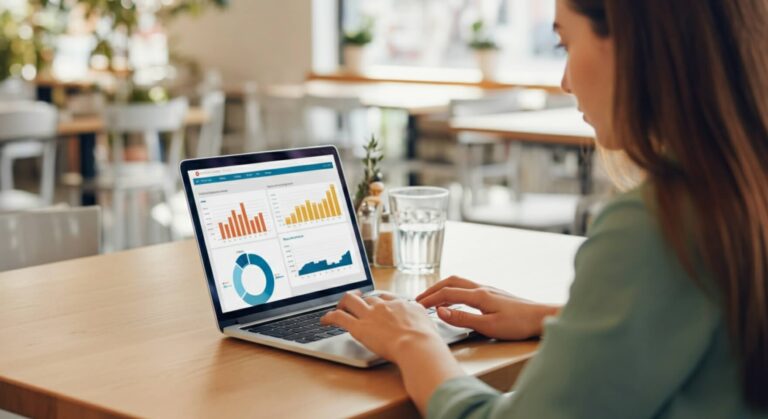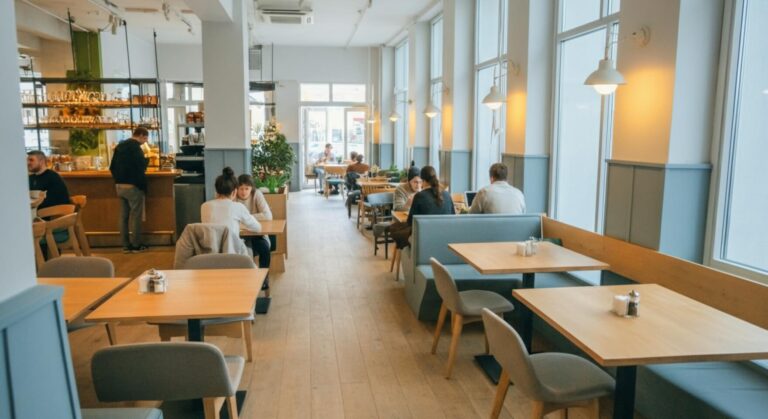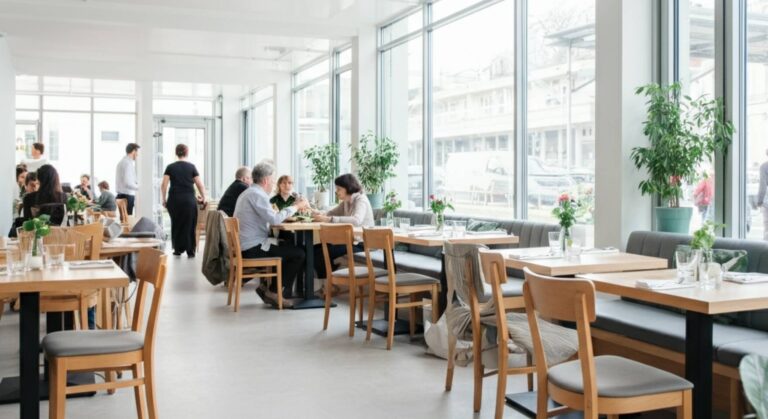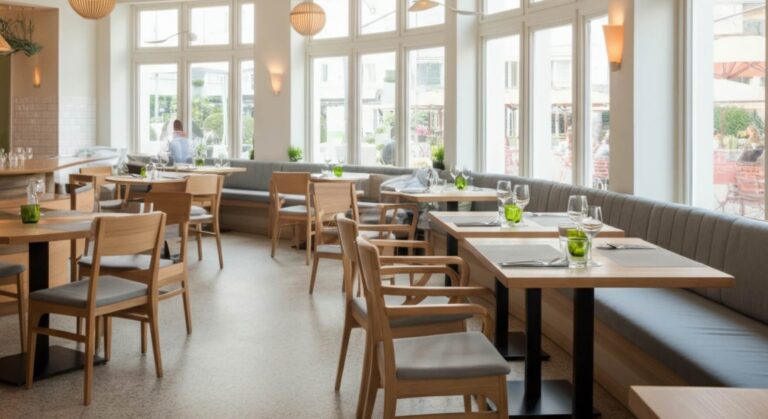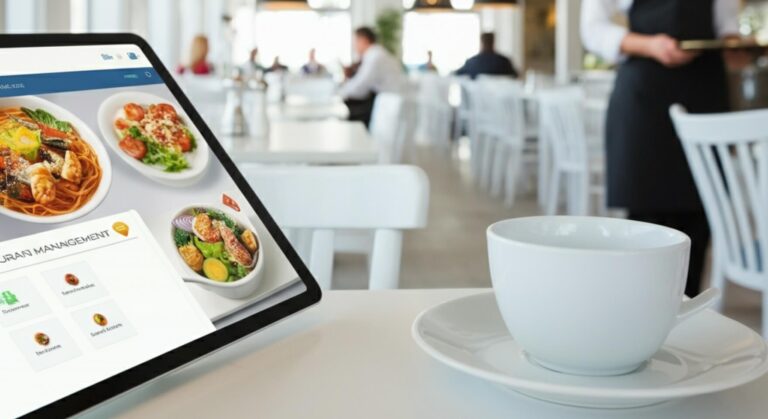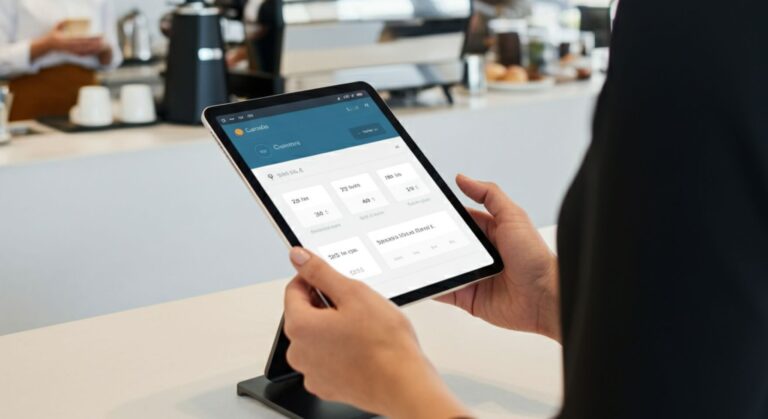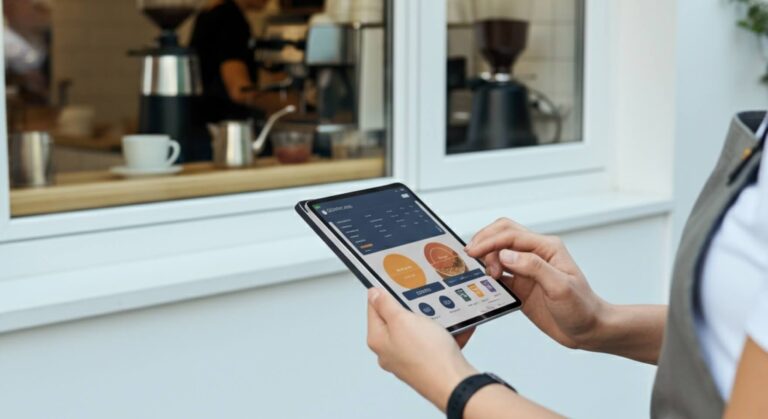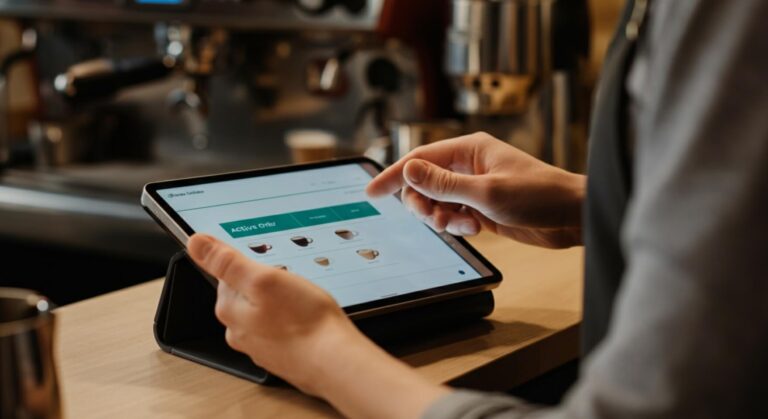
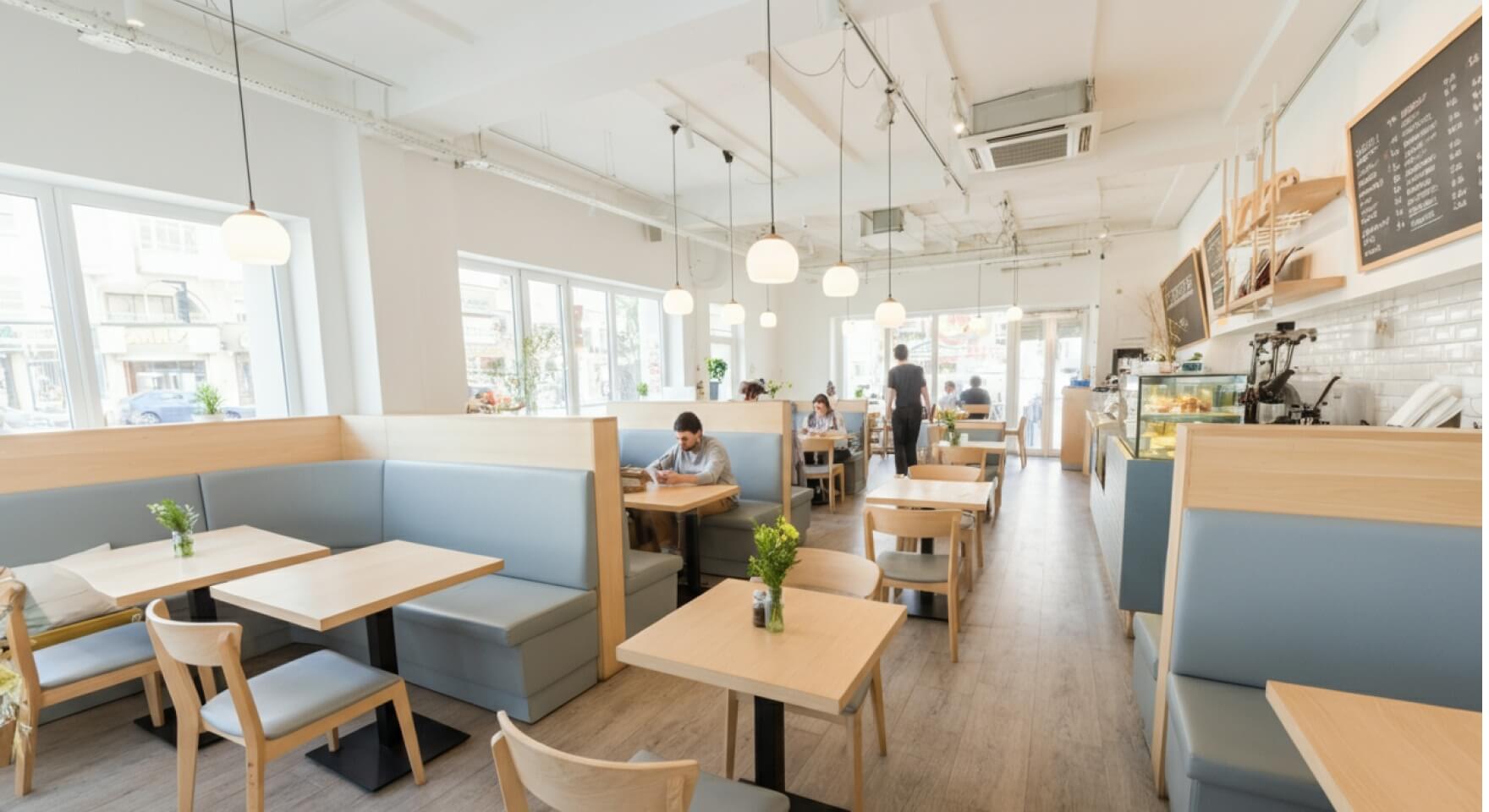
Every entrepreneur, when opening their establishment, dreams of full dining rooms and rave reviews. But the harsh reality of the restaurant business quickly brings them back to earth: without ironclad control over the numbers, even the most popular restaurant project can turn into a loss. And this is where management accounting takes the stage.
But forget about mountains of paper and Excel spreadsheets. Modern accounting in the restaurant business is all about automation. The right software for a cafe doesn’t just print receipts; it becomes your second brain, helping you make informed decisions and see the entire financial picture. Let’s figure out what such cafe software syrve should be able to do.
Management Accounting in a Restaurant: Not to Be Confused with Bookkeeping
Who Are These Numbers For?
The first thing to understand is that bookkeeping and restaurant management accounting are two different stories. An accountant prepares reports for the tax authorities. Their job is to ensure everything complies with the law. Management accounting, however, is your internal tool. Its purpose is to give you and your manager a real picture of what’s happening with the money so you can optimize processes and increase profitability.
The role of management accounting is to answer the owner’s main questions:
- How much did we actually earn this month?
- What is the profitability of each dish?
- Where is the money going and how can we reduce expenses?
It is the implementation of management accounting that turns chaos into a manageable system.
Functionality of an Ideal System: From Purchase to Report
A good accounting system for restaurants and cafes should cover all aspects of the restaurant’s operations. It is a comprehensive solution that links all processes together.
Module 1: Headache-Free Inventory Accounting
This is the foundation. Without accurate restaurant accounting in the warehouse, any financial accounting turns into guesswork. What’s important here?
- Automation of restaurant inventory accounting: The software should automatically write off ingredients with every sale based on recipe cards. Manual write-offs should be the exception, not the rule.
- Cost calculation: The cost of each dish should be calculated automatically when the purchase prices of products change. You should always see up-to-date figures.
- Inventory taking: The process should be as simple and quick as possible so as not to paralyze the establishment’s operations for a whole day.
Module 2: Financial Accounting That’s Understandable to More Than Just Accountants
Financial management must be transparent. You should be able to see your income and expenses at any time.
- Cash Flow Statement (CFS): A key report that shows where money comes from and where it goes. You must have a clear view of cash flow across all items.
- Profit and Loss Statement (P&L): Shows whether you earned or lost money over a period. This is the main indicator of operational efficiency. Not to be confused with the CFS! Revenue at the cash register does not equal net profit.
- Balance Sheet: Demonstrates the state of your company’s assets and liabilities. It helps to assess financial stability and prospects for business expansion.
Modern software allows you to conduct management accounting and generate all these reports in just a few clicks.
Module 3: Analytics for Decision-Making
Simply collecting numbers is pointless. Automation for restaurants should provide food for thought.
- Sales Report: Detailed analysis of sales by day, hour, waiter, and dish category. Helps to identify hits and misses on the menu.
- Key Performance Indicators: Delivery automation software should automatically calculate key performance indicators.
- ABC Analysis: Helps to understand which items bring you 80% of your profit and which just take up space on the menu and in the warehouse.
Such automation of order taking and subsequent data analysis is the key to making management decisions based on facts, not intuition.
How to Organize Accounting in a Food Service Enterprise?
Organizing management accounting is not just about choosing software. It’s about building an entire system.
- Setting up accounting: Start by defining your goals. What exactly do you want to track? Which financial indicators are important to you?
- Choosing a tool: Study the market. The syrve restaurant automation price (as an example of a well-known solution) is not always the deciding factor. Look for cafe software that fits your tasks and scale.
- Implementation: This is a team effort. Your accountant, manager, and even the chef must be involved in the process to build management accounting that aligns with reality.
Proper organization of accounting and correctly selected management accounting systems are not just about cost optimization; they are the foundation for business development. These are control mechanisms that turn your cafe and restaurants into a successful restaurant. Ultimately, management efficiency is the secret ingredient that distinguishes a thriving food service enterprise from all the rest.

